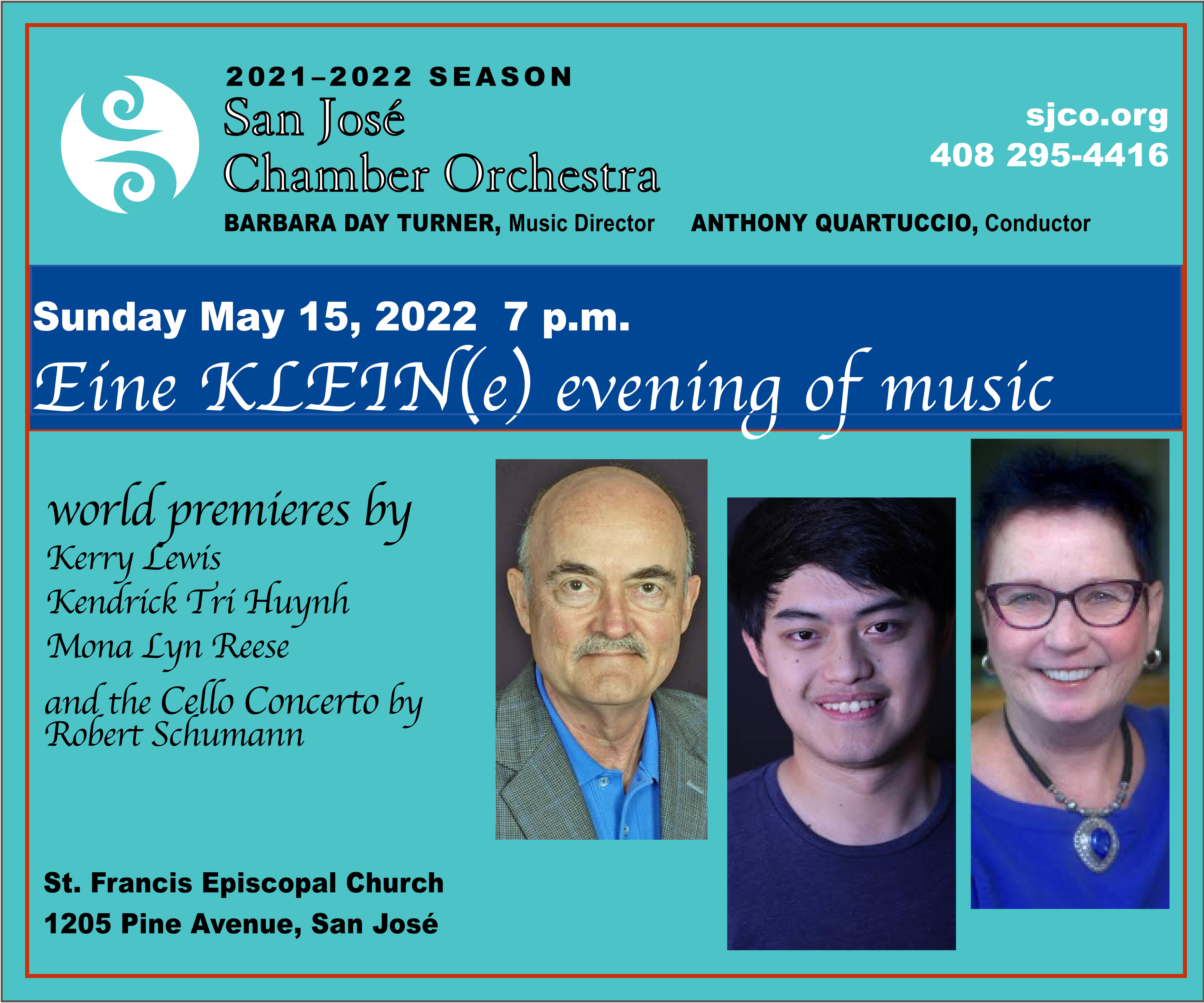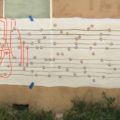I’ve been slowly going through every work in my catalog to make sure it is print and publisher ready. It’s a slow and unthrilling process. Getting it all done gives me peace of mind. I’m also ready to have older pieces published and programmed. Most of the time, once a piece is performed and recorded, I’m right on to the next project, because composing is fun and administrative work is boring.
Last week, I concentrated on my work for full orchestra and about 10,000 percussionists, Prince. I’d originally prepared the work in Mosaic, a music program that’s not longer supported. I’d translated it into Finale some years ago, but there were a lot of parts that didn’t quite work. Slog slog slog. All those percussionists? Every note had to be entered again! I had to work out the maps all over again! It was so horrible! Oh, what’s a map? First, you must understand a bit about percussion.
There are thousands of percussion instruments, maybe millions. Each one can be played with a myriad of different taps, pats, strikes, strokes, and caresses. Best part, there isn’t really one standard way of describing all these things, but there are quasi standard standards. We just have to do our best and hope. All music entry software programs allow you to enter the percussion and have your computer play it back. The programs provide a chart or map that shows you many possible sounds, note heads, and so on, for that instrument. This map is endlessly flexible, and you get to decide how it should be; the best way to present it to percussionists all over the world. Maximum flexibility? Maximum frustration and hair pulling and late nights.
Did I tell you, each stroke, caress, blessing, bim, bop, and bang have different shaped note heads for every line on the staff? In order to get the correct note to appear on the computer, you have to press the correct midi key on your keyboard, and it makes no sense what-so-ever to anybody. I’m not explaining midi numbers; look it up.
Percussionists are wonderful people. They can play anything if you tell them what it is. Sigh. I’ve finally, finally done it. All the parts are entered. The percussionists are happy, I’m happy.
If you want to be happy, you can listen to Prince right here:
Prince was commissioned by the Atlanta Symphony Youth Orchestra. This recording is the Czech Radio Symphony, Vladimir Valek, conductor.
Program notes:
The Atlanta Symphony Youth Orchestra, one of the finest youth symphonies in the United States, commissioned Prince. I composed the Rock and Latin sounding music to appeal to the young musicians (ages 13–18) in the orchestra.
The physical appearance of the famous rock musician, Prince, is the inspiration for this piece. Prince looks so scary, complex, and ominous. His music should sound like that, but it doesn’t. I love the way he looks, so wicked. I wanted to write something that sounded the way he looked.






No comments yet.